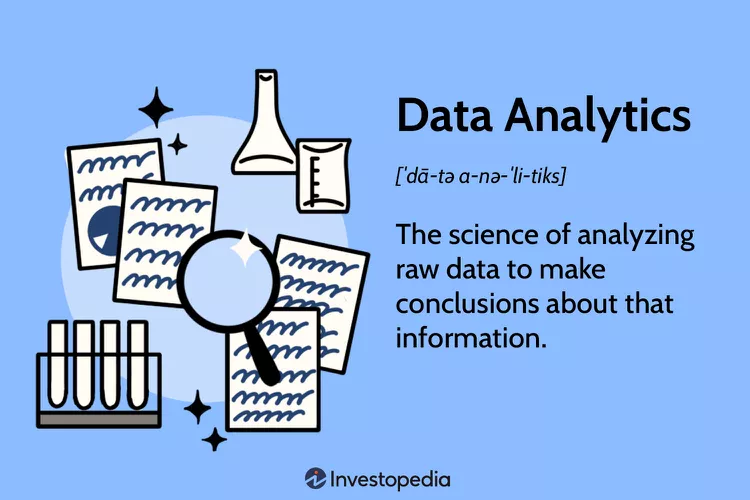The fee-for-service style of healthcare is rapidly becoming a thing of the past as practitioners and insurance companies shift towards patient-centric data-driven medical care. It is made possible by healthcare data analytics.
Data analytics can improve operational efficiencies by streamlining data collection, ensuring integrity, and providing focused information about costs and patients in context.
Accurate Diagnosis
The healthcare industry is awash in data that can be turned into meaningful information using big healthcare data analytics tools. It helps healthcare providers make accurate diagnoses and avoid expensive medical errors.
Diagnosis is an iterative process of information gathering, integration and interpretation, and establishing a working diagnosis. Performing a history and interview, conducting a physical exam, performing diagnostic tests, and referring or consulting with other clinicians are common ways of collecting information.
Task complexity and expertise affect the dominant cognitive system during the diagnostic process. Novice clinicians are more likely to rely on system one processing, while expert clinicians have better-developed mental models of diseases, supporting analytical reasoning (system two processes). Calibration enables clinicians to recognize their diagnostic abilities and limitations through feedback mechanisms. It can reduce the cost of unnecessary testing and wrong treatments, saving $100 billion a year. In addition, patients benefit from getting the proper treatment and avoiding unnecessary hospital visits.
Preventive Care
Data analytics can help improve the quality of healthcare services by promoting preventative care. It is essential for both patients and providers. Preventative care can reduce the overuse of healthcare services, which is a leading driver of healthcare costs. In addition, it can reduce readmissions and improve outcomes for patients.
For patients, preventive care can include cancer screenings and well-child visits. It also includes lifestyle behaviors, such as getting enough sleep and eating a healthy diet. Preventive care can also save lives by identifying early-stage diseases like colorectal cancer.
Data analytics can help with preventative care by analyzing current and historical data to identify trends and predict outcomes. It can also be used to alert practitioners of potential risks. For example, the CDC uses data to predict when flu outbreaks are likely to occur so that doctors’ offices and hospitals can prepare. It can also measure performance and help practitioners improve their skills.
Predictive Analytics
The work processes and organizational structures of healthcare providers influence the quality of care patients receive and their likelihood of positive patient outcomes. Predictive analytics can help optimize these critical areas.
Hospital overstays and discharges without adequate follow-up care leave patients vulnerable to adverse events and readmissions that could have been prevented with better coordination and planning. By analyzing patient demographics, medical history, and comorbidities, predictive analytics can alert clinicians to the risk of overstaying and identify opportunities for better deployment of rooms and resources.
Predictive analytics can also inform remote patient monitoring, helping prevent adverse events and even readmissions by identifying warning signs that require early intervention. It was advantageous during the COVID-19 pandemic when predictive analytics allowed physicians to identify patients at risk for more severe virus cases proactively. It enabled them to offer support and proactively prevent the need for acute care. A similar approach can be applied to chronic disease management.
Patient Engagement
A better understanding of patients can help the healthcare industry improve outcomes, reduce costs and increase efficiency. It is why patient engagement has become a significant focus of healthcare organizations.
Patient engagement is a broad term involving patients’ active involvement in their medical care. According to a study published in 2018, strategies that support patient engagement include patient education, shared decision-making, individual care planning, and peer or family support.
Patients engaged in their health management activities can positively impact their wellness, including reducing blood pressure and decreasing the likelihood of depression or anxiety. However, implementing effective PE strategies is challenging for many healthcare professionals.
A successful patient engagement strategy includes effective communication protocols between patients and practitioners. For example, a medical practice can use HIPAA-compliant 2-way texting to allow patients to schedule appointments via text or request prescription refills. It reduces no-shows and scheduling challenges, thereby improving office efficiency.

